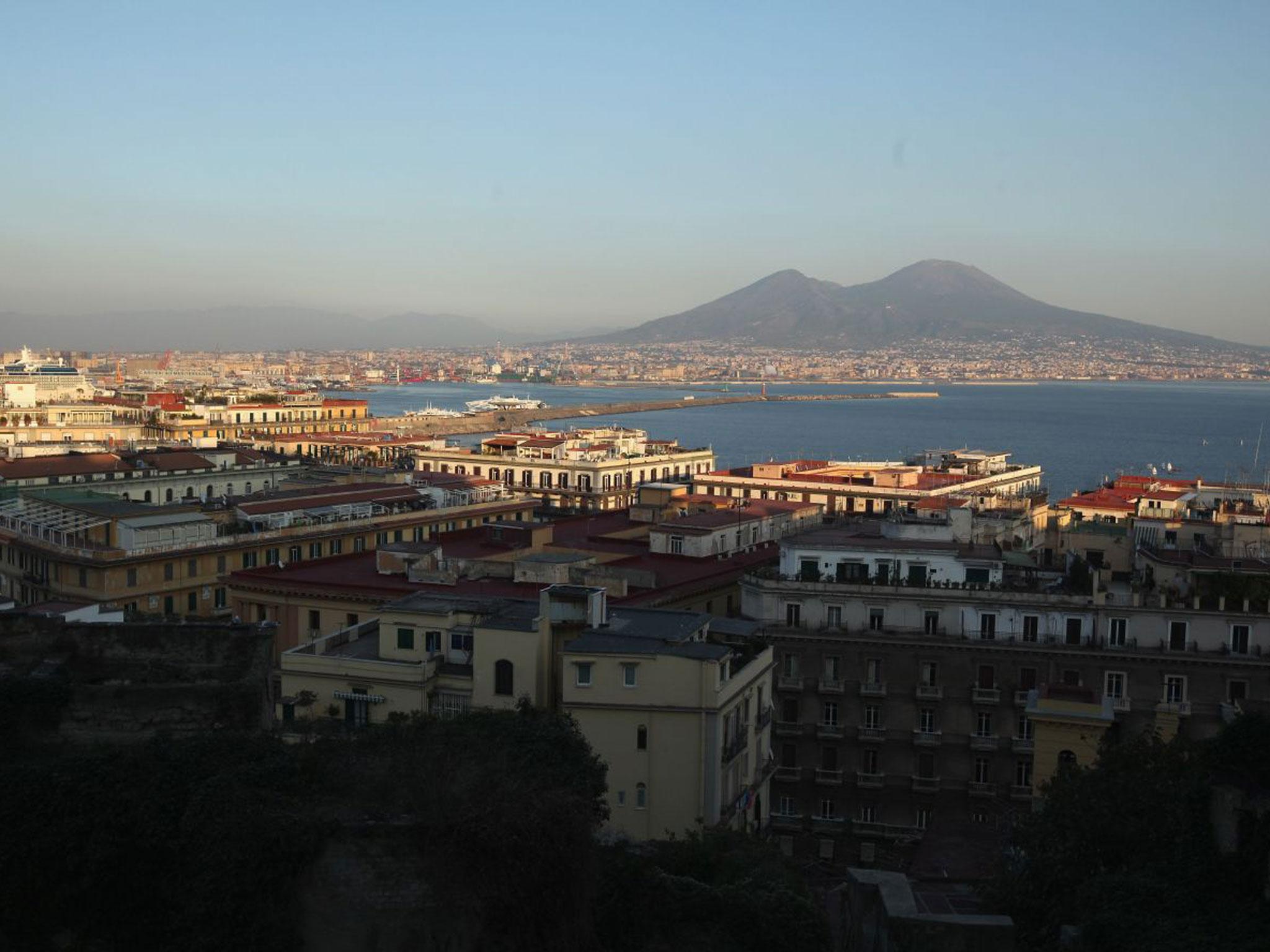Mount Vesuvius eruption risk: Emergency plans to evacuate 700,000 finalised
‘We have to equip ourselves to be prepared, Mount Vesuvius is a problem of gigantic proportions’

Your support helps us to tell the story
From reproductive rights to climate change to Big Tech, The Independent is on the ground when the story is developing. Whether it's investigating the financials of Elon Musk's pro-Trump PAC or producing our latest documentary, 'The A Word', which shines a light on the American women fighting for reproductive rights, we know how important it is to parse out the facts from the messaging.
At such a critical moment in US history, we need reporters on the ground. Your donation allows us to keep sending journalists to speak to both sides of the story.
The Independent is trusted by Americans across the entire political spectrum. And unlike many other quality news outlets, we choose not to lock Americans out of our reporting and analysis with paywalls. We believe quality journalism should be available to everyone, paid for by those who can afford it.
Your support makes all the difference.Italian authorities are finalising an emergency plan to evacuate 700,000 people after warnings of Mount Vesuvius’s eruption risk were expanded earlier this year.
The plan is in its final stages and will be published by the end of the month, according to officials from Italy’s southern Campania region and Department of Civil Protection.
The 25 at-risk towns are due to share their evacuation strategies in the next two weeks, and plans for seven newly identified “red zone” areas are being drawn up.
“We have to equip ourselves to be prepared,” regional president Vincenzo De Luca told Italian press, “Mount Vesuvius is a problem of gigantic proportions.”
A strategy to single out “priority areas” within the high-risk region are also underway.
Last year, the eruption “red zone” was dramatically expanded from 550,000 residents in 18 towns, to 672,000 residents in 25.
However despite the increased warnings, Mr De Luca said “alarmism is pointless”.
“We have no particular problems right now, but it is our duty to be prepared. Either you can pretend not to see challenges, or you can face them head on – even the most difficult,” he said.
“We should take advantage of the fact that Vesuvius is currently dormant, that it’s giving no sign of movement, in order to prepare ourselves to cope with the emergency, should it wake up.”
The plans set out a strategy to evacuate the entire danger zone in under 72 hours, with 12 hours used for organisation, 48 hours for moving and an extra 12-hour “security margin”.
Such measures would only be implemented if the highest of four eruption levels was activated, in which case the region would also deploy 500 buses and 220 trains to relocate residents.
However, despite the increased organisational efforts, experts warn that the regions may still be unprepared.
“There is a thought-out plan from the National Civil Protection with previsions for the most likely scenario,” said Italy’s National Council of Geology President, Francesco Peduto.
“But those who would have to put this plan into action – that is, the local civil protection from the different towns involved – don’t study and may not be in a position to put it into action.”
Despite the expansion of the “red zone”, experts say that the entire region is not at risk, but it’s impossible to predict in advance in which direction the flows are likely to move.
Mr De Luca also announced extra funding for the regional towns to aid infrastructure and spread awareness of the evacuation methods.
The affected towns have each been twinned with another region of Italy, where residents would be hosted in the case of an eruption.
A series of “yellow zones” has also been identified, the areas at secondary risk due to falling ash.
The “yellow zone” is now made up of 63 municipalities, and three Neapolitan districts.
In 2007, residents lodged a legal bid at the European Court of Human Rights claiming the previous escape plan, devised in 2007, was inadequate.
In the early 2000s, the Italian government set up a relocation fund to encourage those living in the danger zone to leave the area, however it has not been successful.
Join our commenting forum
Join thought-provoking conversations, follow other Independent readers and see their replies
Comments